The annual Running of the Bulls in Pamplona, Spain, is one of the world's most adrenaline-fueled festivals, attracting thousands of thrill-seekers and spectators each July. While the event promises unforgettable excitement, understanding safe viewing areas and securing proper insurance coverage are crucial for anyone planning to attend. The chaotic nature of the event demands careful preparation to ensure both enjoyment and personal safety.
Finding Safe Viewing Areas
Pamplona's narrow streets transform into a frenzied racetrack during the encierro, or bull run, making it essential to identify secure spots beforehand. The most popular vantage points fill up quickly, often hours before the 8 AM start time. Balconies overlooking the route offer the safest and most comfortable viewing experience, though they typically require advance booking and come at a premium price. These elevated positions not only provide a clear view of the action but also keep spectators completely out of harm's way.
For those without balcony access, certain sections along the route are considered relatively safer than others. The stretch near the Town Hall Square tends to be less crowded early in the run, while the final approach to the bullring often gives spectators more space to move if needed. However, any ground-level location carries inherent risks, as panicked runners or stray bulls can quickly change directions. Police barriers mark designated spectator areas, and respecting these boundaries is non-negotiable for personal safety.
Understanding the Risks
Many first-time attendees underestimate the sheer intensity of the event. The bulls can reach speeds of 35 mph, and their unpredictable movements create dangerous situations even for seasoned runners. Spectators aren't immune to danger either - crowd surges, falls, and alcohol-related incidents contribute to numerous injuries each year. The morning runs follow nights of heavy drinking for many participants, compounding the risks with impaired judgment and slower reaction times.
The medical tents along the route treat hundreds of people annually for everything from minor bruises to life-threatening goring injuries. Local hospitals prepare for their busiest week of the year, with extra staff on hand to handle festival-related emergencies. These realities underscore why choosing your viewing location carefully matters just as much for spectators as the route selection does for runners.
Insurance Considerations
Standard travel insurance policies often exclude coverage for injuries sustained during dangerous activities like the Running of the Bulls. Many providers consider it a "hazardous pursuit" alongside activities like skydiving or mountain climbing. This means your regular policy might not cover medical treatment if you're injured while participating in or even watching the event from an unapproved area.
Specialized festival insurance has become increasingly available to fill this gap. These policies typically cover emergency medical treatment, medical evacuation, and sometimes even trip interruption if you're injured during the festivities. The key is to purchase coverage well in advance and ensure the policy specifically mentions the San Fermín festival or bull-running events. Some Spanish insurers offer temporary policies tailored to the festival dates, though these must usually be arranged through local providers.
Practical Safety Measures
Beyond insurance, practical precautions can significantly reduce risks. Wearing proper footwear with good traction helps navigate Pamplona's often slippery cobblestone streets. Avoiding alcohol before the morning run maintains clearer judgment if you need to move quickly. Learning basic Spanish phrases for emergencies and identifying the locations of medical stations along the route provide additional layers of security.
The local government provides extensive safety information in multiple languages during the festival. Heeding their advice about restricted areas and emergency procedures could mean the difference between an unforgettable experience and a tragic outcome. Many veteran attendees recommend scouting your chosen viewing spot the day before to familiarize yourself with exits and alternate routes should you need to leave quickly.
Cultural Context and Respect
While safety is paramount, understanding the festival's cultural significance enhances the experience. The Running of the Bulls forms part of the centuries-old San Fermín festival honoring Pamplona's patron saint. Local residents take great pride in the tradition while also bearing the burden of its risks and disruptions. Respecting neighborhood boundaries, keeping noise levels appropriate at night, and following all official instructions demonstrate appreciation for the community that hosts this global event.
The tension between preservation and safety continues to evolve as authorities implement new measures each year. Recent additions include more clearly marked safe zones, increased medical personnel, and stricter enforcement of alcohol sales before the runs. These changes aim to maintain the festival's vibrant spirit while reducing preventable injuries and deaths.
Making Informed Decisions
Ultimately, attending the Running of the Bulls requires honest self-assessment about risk tolerance and preparation levels. The spectacle remains undeniably thrilling, but its dangers demand respect. By selecting secure viewing locations, arranging appropriate insurance, and following safety guidelines, visitors can focus on the festival's electric atmosphere rather than potential hazards.
Those who take these precautions often describe the experience as unlike any other - the thunder of hooves on cobblestones, the sea of red scarves waving in unison, the collective gasp of the crowd as bulls and runners streak past. It's this intensity that keeps people coming back year after year, provided they've laid the proper groundwork for a safe and memorable festival experience.
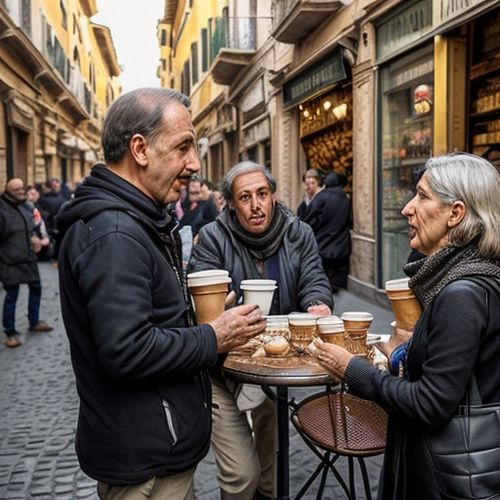
By Benjamin Evans/Apr 11, 2025

By Amanda Phillips/Apr 11, 2025
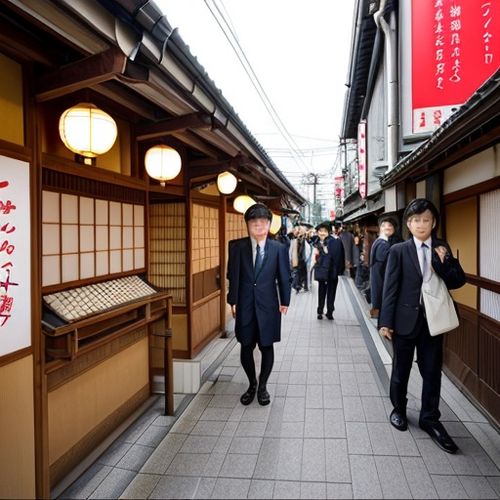
By Ryan Martin/Apr 11, 2025

By Sophia Lewis/Apr 11, 2025

By Samuel Cooper/Apr 11, 2025
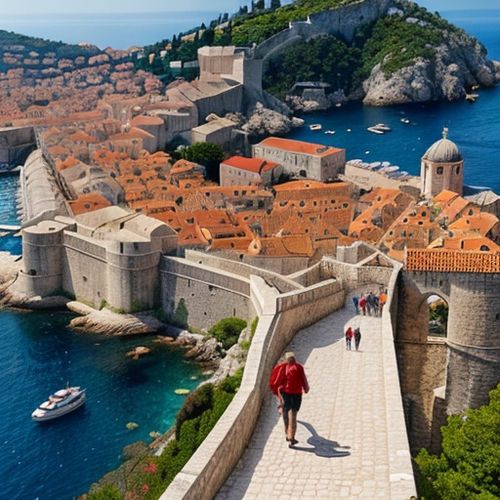
By Laura Wilson/Apr 11, 2025

By Eric Ward/Apr 11, 2025
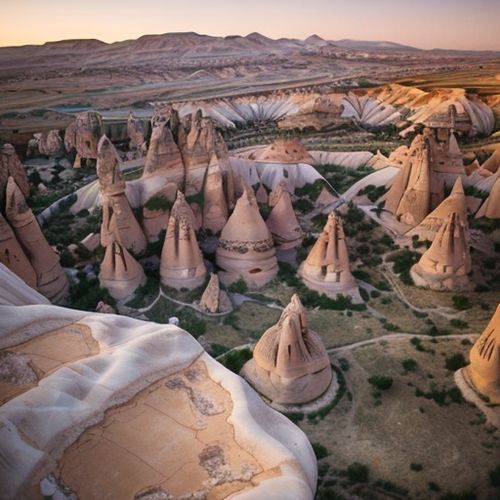
By Samuel Cooper/Apr 11, 2025
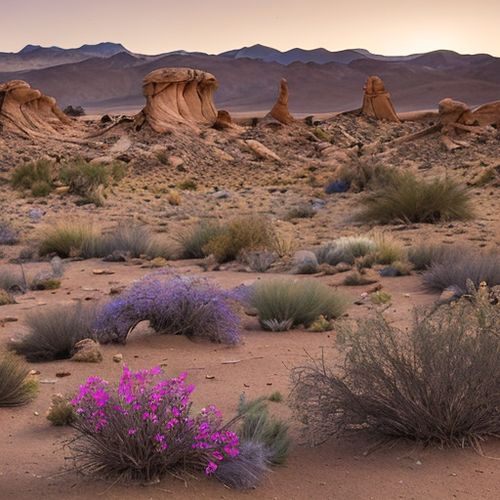
By Thomas Roberts/Apr 11, 2025
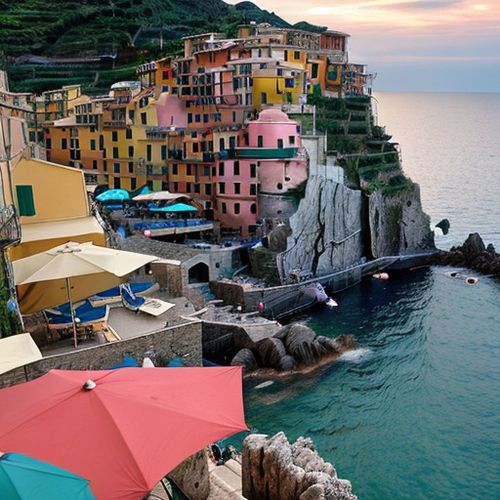
By William Miller/Apr 11, 2025
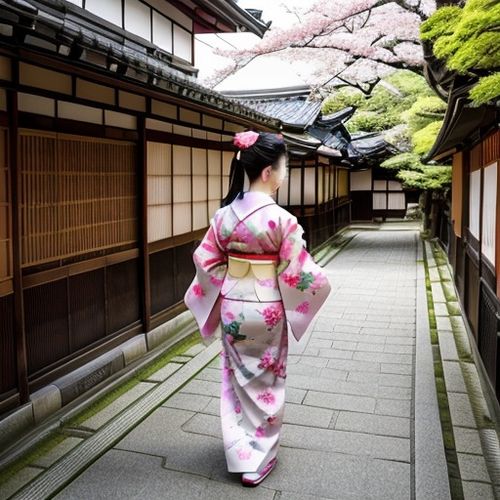
By Megan Clark/Apr 11, 2025

By Michael Brown/Apr 11, 2025
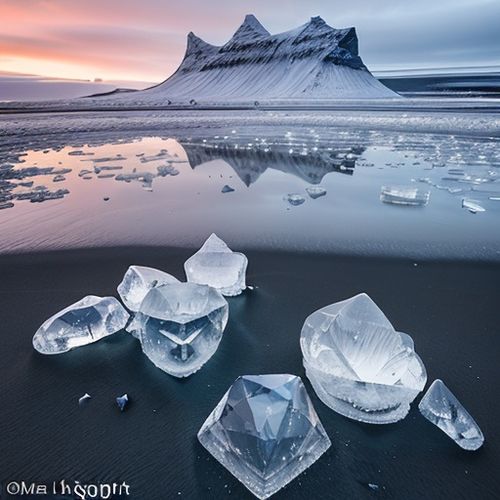
By Sarah Davis/Apr 11, 2025
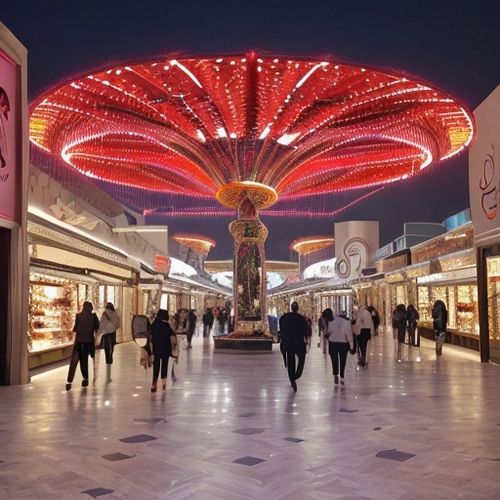
By Noah Bell/Apr 11, 2025

By Sophia Lewis/Apr 11, 2025
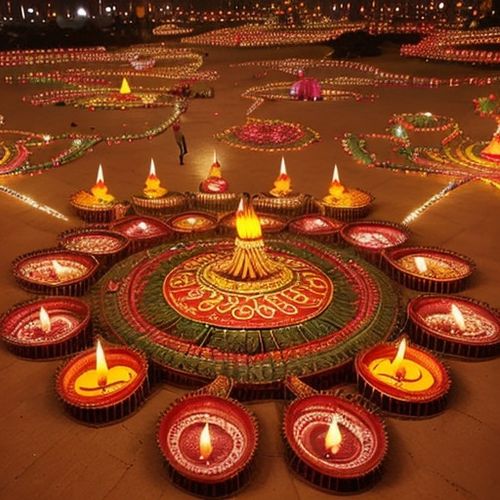
By Daniel Scott/Apr 11, 2025
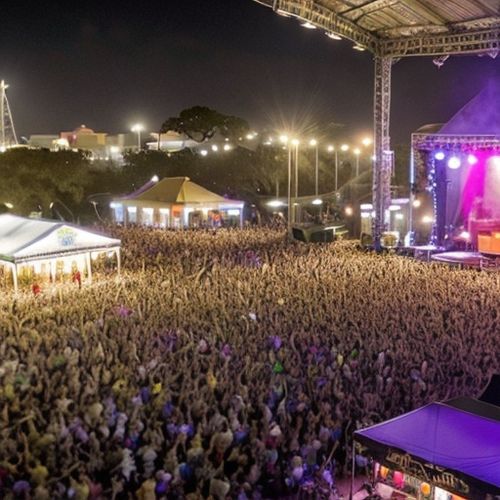
By Samuel Cooper/Apr 11, 2025
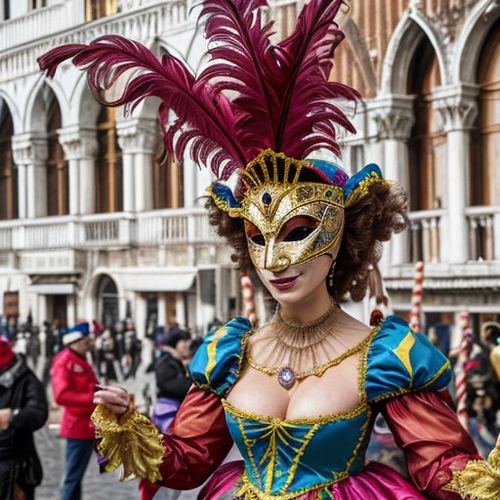
By Joshua Howard/Apr 11, 2025
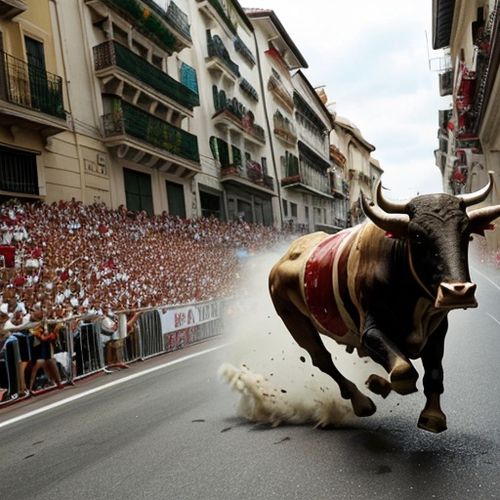
By Joshua Howard/Apr 11, 2025